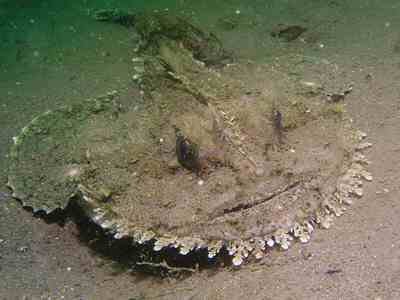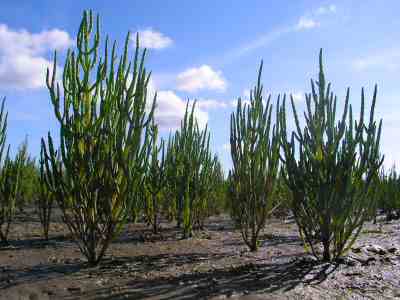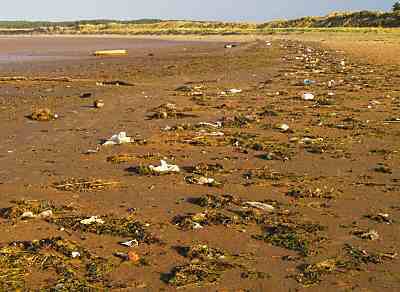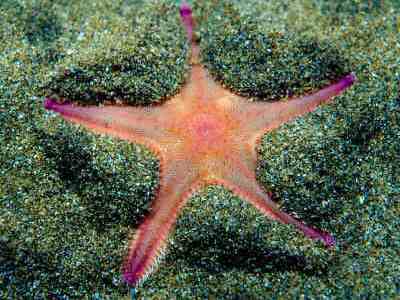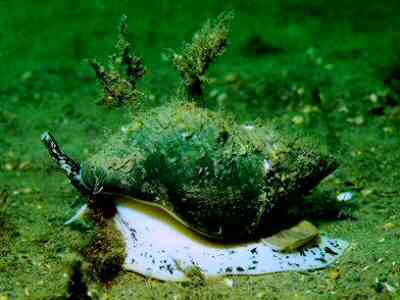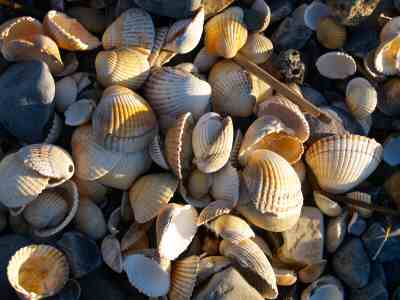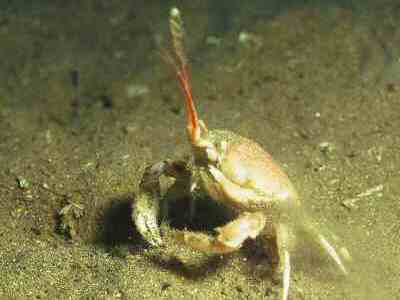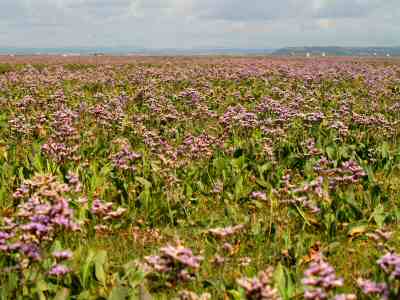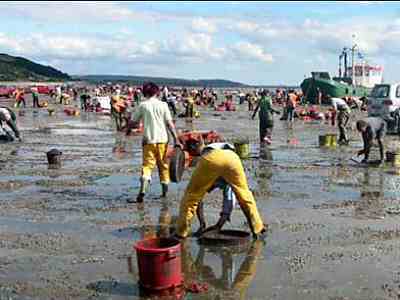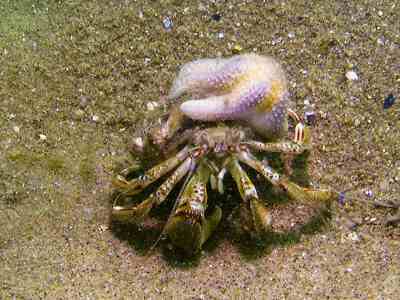Welcome
Three marine Natura 2000 sites together form the European Marine Site – Carmarthen Bay and Estuaries Special Area of Conservation (SAC), Carmarthen Bay Special Protection Area (SPA) and Burry inlet SPA.
This website aims to provide an introduction to:
- the Carmarthen Bay and Estuaries European Marine Site and its wildlife
- the legal background for the conservation designations
- where the responsibility lies for safeguarding the wildlife and habitats
- how management to achieve this safeguard is planned
- how you can contribute to the development of the EMS management scheme.
More information will be added to the site as it becomes available or in response to requests, so please return again if the information you need is not yet included, or if you have specific queries please contact the EMS officer.
……………………………………………………………………………………
Latest news …
Storm strandings
Last modified on 2014-03-04 12:46:03 GMT. 0 comments. Top.
The storms of January and February have killed many seabirds and washed many marine animals out of the sandy habitats where they live and onto beaches all around SW Britain. Already there are records of spiny cockles, razor clams, otter shells, ocean quahogs and sea cucumbers having been deposited on beaches as well as razorbills, guillemots and puffins. If you have seen any mass stranded marine wildlife on the beaches of Carmarthen Bay and its estuaries during and since the storms, please do let us know through the contacts page. Also let us know if you have photographs of the strandings you would like to share.
Many thanks.
……………………………………………………………………………………
 Lax-flowered leavender, Limonium humile, Llanrhidian Marsh, Burry Inlet       © Blaise Bullimore
Lax-flowered leavender, Limonium humile, Llanrhidian Marsh, Burry Inlet       © Blaise Bullimore
